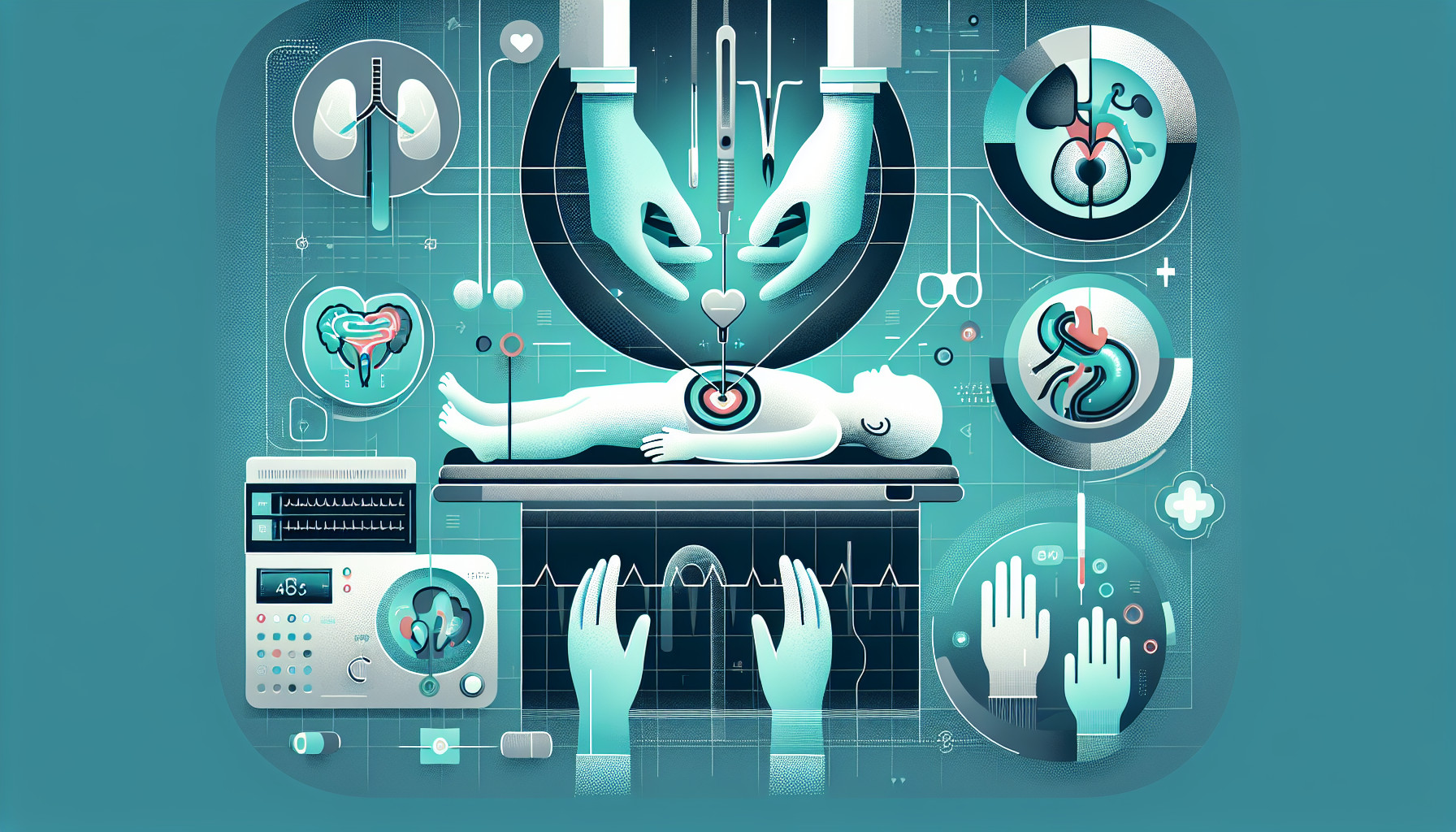Our Summary
This research paper focuses on a rare disease called Morgagni Larray hernia (MLH), which is a type of congenital diaphragmatic hernia, accounting for less than 5% of all cases of this condition. The study aimed to evaluate the outcomes of patients with MLH who underwent a surgical treatment method called laparoscopic repair.
The researchers looked back at the medical records of patients who were diagnosed with MLH and were treated through laparoscopic surgery by certified pediatric surgeons. Fourteen patients were included in this study. Unfortunately, one patient passed away a month after surgery due to respiratory problems unrelated to the procedure. The remaining thirteen patients were monitored for an average period of around 1.75 years. During this time, the hernia reoccurred in one patient who then had a part of the hernia sac removed and repaired without the use of a mesh.
The study found that laparoscopic repair was successful in 92.86% of the cases. This suggests that this method of treatment is a good option for patients with MLH due to its high success rates. The paper also notes that MLH is usually diagnosed incidentally, meaning it is often discovered while investigating or treating another condition.
FAQs
- What is Morgagni Larray hernia (MLH) and how common is it?
- What is the success rate of laparoscopic repair for patients with MLH according to the study?
- What complications were observed postoperatively in patients who underwent laparoscopic repair for MLH?
Doctor’s Tip
One helpful tip a doctor might tell a patient about pediatric hernia repair is to follow postoperative care instructions carefully to ensure proper healing and minimize the risk of complications. This may include avoiding heavy lifting or strenuous activity, taking prescribed medications as directed, and attending follow-up appointments with the healthcare provider. It is important to communicate any concerns or changes in symptoms to the doctor promptly.
Suitable For
Pediatric patients with Morgagni Larray hernia are typically recommended for pediatric hernia repair, especially if they are symptomatic or at risk for complications. In this study, laparoscopic repair was found to be a successful treatment option for patients with this rare congenital diaphragmatic hernia. The outcomes of patients who underwent laparoscopic repair were positive, with a high success rate and low morbidity and mortality. This suggests that laparoscopic repair is a viable option for pediatric patients with Morgagni Larray hernia.
Timeline
- Patient is diagnosed with Morgagni Larray hernia (MLH) through imaging studies or physical examination
- Patient undergoes laparoscopic repair by board-certified pediatric surgeons
- Postoperatively, patient is monitored for complications and recovery
- Patient is followed for a median of 1.75 years (interquartile 0.3-6.95)
- One patient dies 1 month postoperatively due to unrelated respiratory complications
- Thirteen patients have successful outcomes with a 92.86% success rate
- One patient experiences a recurrence, which is treated with partial resection of the hernia sac and repair without a mesh.
What to Ask Your Doctor
- What are the risks and benefits of undergoing laparoscopic repair for my child’s pediatric hernia?
- How long is the recovery period expected to be after the surgery?
- What kind of follow-up care will be needed after the surgery?
- Are there any specific restrictions or activities my child should avoid during the recovery period?
- What is the success rate of laparoscopic repair for pediatric hernias in general?
- What signs or symptoms should I watch for that may indicate a complication or recurrence of the hernia?
- Are there any long-term effects or complications that my child may experience as a result of the surgery?
- How many pediatric hernia repair surgeries have you performed, and what is your success rate?
- Are there any alternative treatment options available for my child’s hernia?
- What is the expected prognosis for my child after undergoing laparoscopic repair for their hernia?
Reference
Authors: Escarcega P, Riquelme MA, Lopez S, González AD, Leon VY, Garcia LR, Cabrera H, Solano H, Garcia C, Espinosa JR, Geistkemper CL, Elizondo RA. Journal: J Laparoendosc Adv Surg Tech A. 2018 Aug;28(8):1019-1022. doi: 10.1089/lap.2017.0621. Epub 2018 Apr 5. PMID: 29620946
